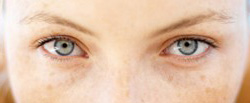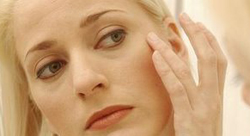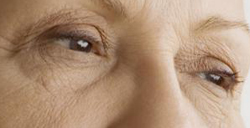Why Do Face Exercises?
Is there a woman or man on this planet who feels happy when they look in the mirror and see visible signs of aging?
Although we can concede after the age of 30 it is extremely unlikely we will ever be mistaken for a teenager again, it is only natural to want to look attractive, and our society mandates youthfulness as a sign of beauty.
Cosmetic surgery undoubtedly has its place and uses, but there are many people who for various reasons cannot, or do not wish to go under the knife. This is where face exercise comes in.
Facial exercising is a cheap, convenient and healthy way to stay looking as young as possible from the comfort of your own home.
Do Facial Exercises Work?
Facial exercises work in much the same way as exercising the rest of the body works.
As we age, the muscles become smaller, which causes the overlying skin to sag and wrinkle. Subcutaneous fat also diminishes, which results in further bagginess.
By exercising the face, the muscles will become more toned and the overlying skin becomes taught and lifted. For more information on face exercise and the results you can expect to achieve, go to Do Facial Exercises Work?
Which Facial Exercises Should I do?
When exercising the face, it is advisable to stick to a routine that works all the muscles, rather than concentrating on a specific problem area.
When you begin to see an improvement, if you would like to work further on one part of your face, you can increase the reps or the frequency of the corresponding exercise.
To get instructions for specific areas, visit the “Instructions for Facial Exercises” sections, or if you would prefer to follow a complete program devised by a professional, see the “Facial Exercise Programs” pages.
Facial Exercise Instructions
Contained in this site are instructions on how to perform exercises for facial muscles.
Most of the exercises for facial muscles target a specific area; there are routines to improve a double chin, to decrease crows feet, and to improve the appearance of sagging jowl, plus many more. For a full list of the free instructions on the site, visit Facial Exercise Instructions.
Facial Exercise Myths
Many myths surround the effectiveness of facial exercises; some say that working out the facial muscles will promote wrinkles as they encourage the face to crease more than is already necessary.
To read more about the pros and cons of facial exercise, and if there may be truth in comments made by facial exercise critics, see Facial Exercise Myths.



